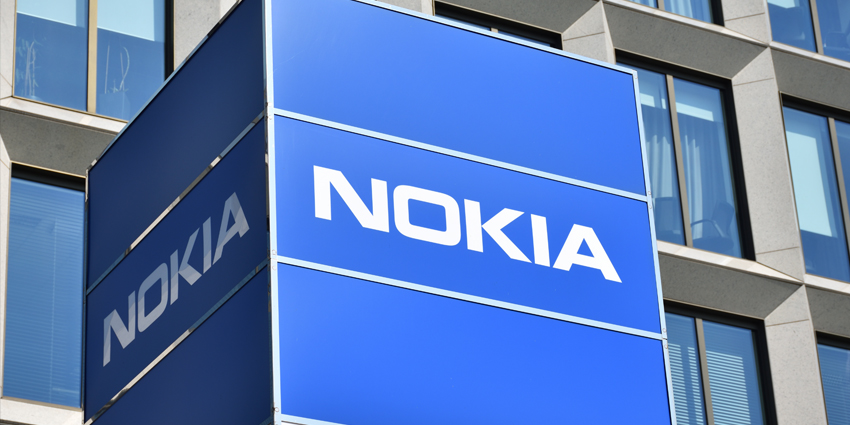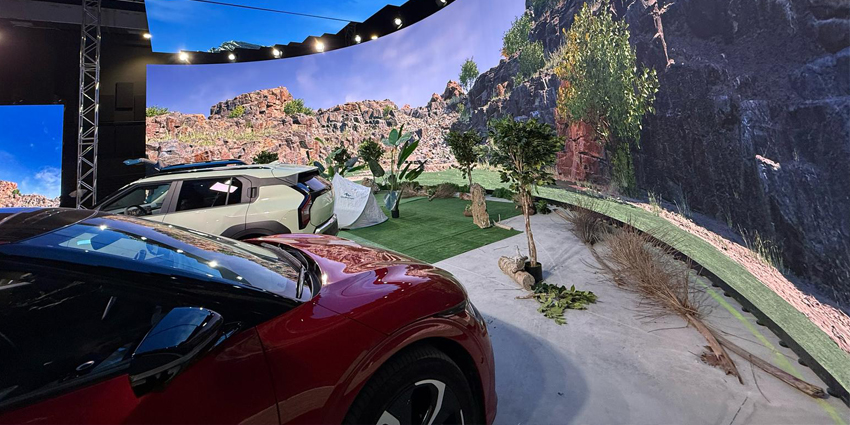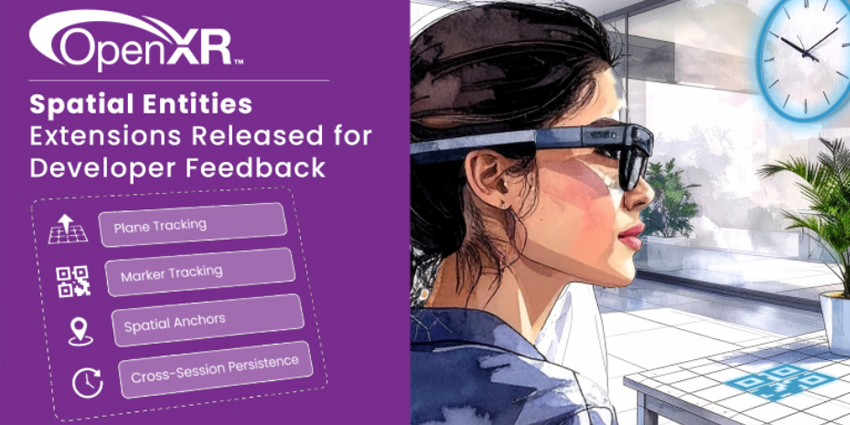Think VR and AR are a consumer game? Think again.
The demand for Extended Reality is growing, not just in the entertainment landscape but in the enterprise space too. By 2026 (in the next 5 years), experts predict that XR will be worth around $463.7 billion. The market is growing at a breakneck speed, with a healthy CAGR of more than 62%.
A significant portion of this growth comes from the enterprise space, where businesses are now moving more rapidly into the age of digital transformation. Although there has long been potential for XR in the enterprise environment, most organisations have only begun to see the technology’s true value during 2020, when the pandemic hit.
COVID-19 pushed companies outside of their traditional environments, shutting down physical locations, and reducing the ways that companies could interact, both internally and externally. In this new landscape, XR emerged as the solution to bridge the gap between employees, educators and students, as well as sales teams and their clients.
Why XR Market Spend Is Growing
In 2021, Market Watch revealed that usage of XR has reached over 76% in gaming, 60% in movies and entertainment, 34% in retail, and 30% in tourism.
Research and Markets found that in Europe, XR production is expected to grow by around 47% annually up to the year 2026 and that spending will reach a value of around $104.3 billion by the same year. This suggests that Europe will be a key player in the future of XR innovation.
Perhaps the biggest factor increasing enterprise spending in XR is the arrival of the 2020 pandemic. However, the increase could also come from:
- Access: The availability of more affordable VR and AR solutions is making it easier for businesses of all sizes to experiment with extended reality. Software is becoming increasingly accessible and adaptable too, with various open platforms available to build on
- Adoption: Companies of all sizes are widely becoming more accepting of disruptive technology. The sudden digital transformation that occurred in 2020 pushed us forward on our innovation roadmaps, removing a lot of the uncertainty around pioneering products
- The Workforce: The new workforce, defined by hybrid employment and new generations, demand a greater selection of technology and tools to maintain productivity. Though video conferencing tools and team collaboration services are helpful, they may not be enough on their own
Notably, though COVID-19 has pushed the demand for extended reality to the next level, it has also had a negative impact on XR growth. The shut down of factories worldwide, combined with minimal access to trade between countries means that fewer products are being shipped around the world. This problem could dissipate as the restrictions of the pandemic begin to subside.
Where Will Companies Focus Spend?
So, if enterprise companies are going to increase their investment in extended reality, where will they be putting most of their money? One of the most obvious areas of investment will be in training. Already, companies are relying on XR to train employees with more immersive experiences. In the military, for instance, virtual reality can train people to respond properly to dangerous situations, without putting them at risk.
In the industrial landscape, AR is changing the way that tradesmen and engineers approach complex jobs, giving them overlays and heads-up displays that deliver information on the job. With AR information, companies can reduce the amount of time that employees spend checking manuals and instructions, reducing the risk of errors.
In the retail and shopping world, XR gives companies new ways to connect with their customers too. A client can try on an item without ever visiting a store and ensure that they like the product before having it delivered. This reduces the expense and admin associated with returns. In the real-estate landscape, buyers could explore a home without ever leaving their front door.
As the workplace continues to evolve, with a greater focus on hybrid employment, XR could also be a valuable way to bring people together again. When collaborative experiences demand employees from different parts of the world to share a space, XR can offer a safer alternative to a physical office. Virtual reality environments allow people to work together on projects in a shared space, where everyone can access the same digital assets.
Mixed reality environments could even pave the way to a future where you can see holographic images of your contacts displayed beside you in the office.
As the possibilities of XR continue to grow, the reasons to invest evolve too.







